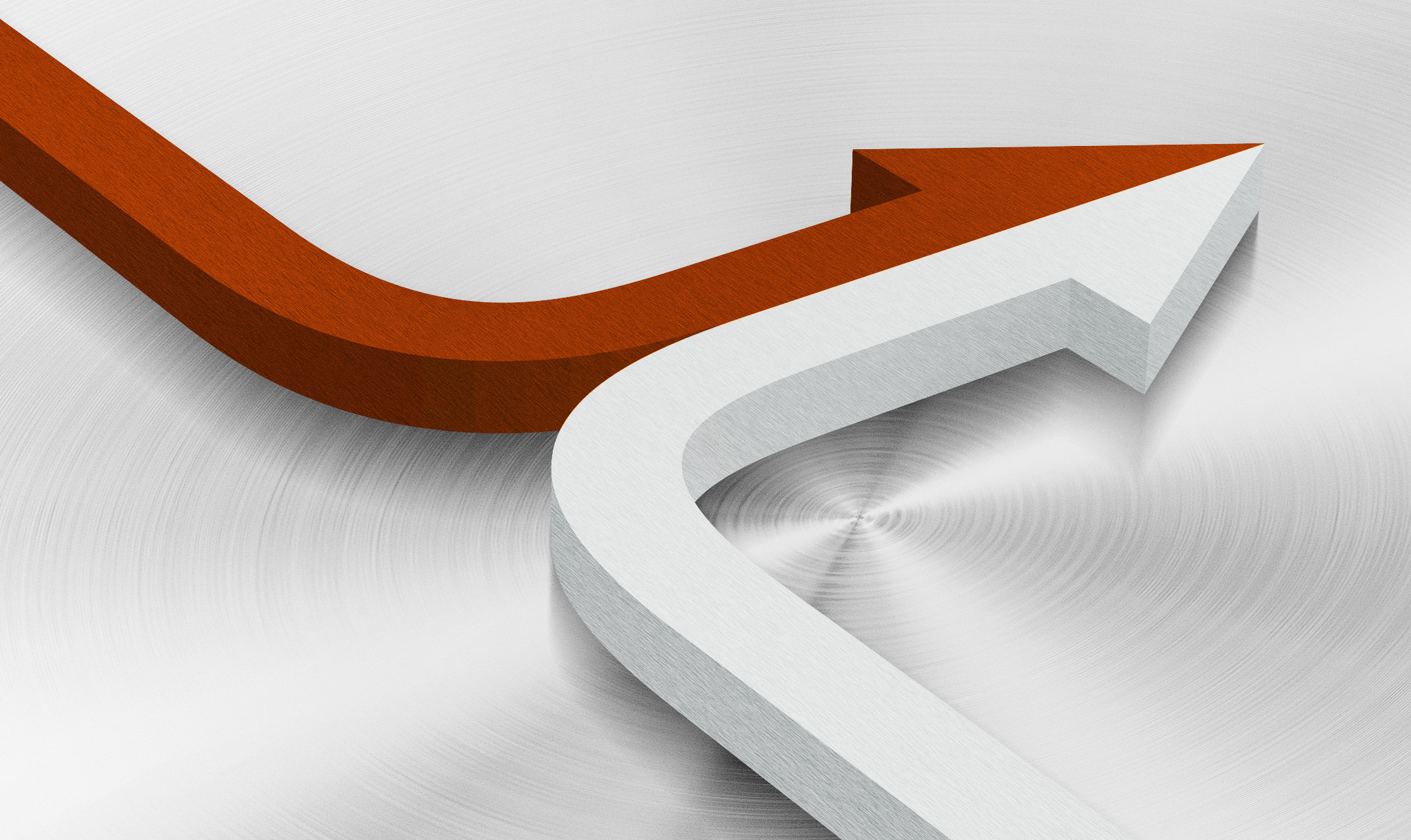Magnesium’s light weight, high electrical/thermal conductivity, and ability to bond with many different commercial metals make it an essential component to products ranging from cars to cathodic protectors. With the highest strength-to-weight ratio of all structural metals, successful use of magnesium merging techniques will result in:
To deliver these key advantages, magnesium must join to another metal. In this post, we examine several methods of magnesium joining.
Adhesive Bonding
Adhesive bonding is a metal–merging process used in industries including aerospace and automotive manufacturing. Originally, manufacturers used adhesive bonding to create metal–to–metal bonds and to laminate vinyl films on magnesium. We use adhesive bonding to join stiffeners to sheet metals and in applications involving the production of lap joints in thin skins.
Adhesive bonding utilizes a variety of adhesives with differing temperatures, pressures, and curing times to deliver the desired results. Adhesive bonding of magnesium alloys provide the following benefits:
To perform adhesive bonding with magnesium, one must:
Successful magnesium adhesive bonding requires proper consideration of several joint design factors. Lap joint assembly nearly exclusively uses adhesive bonding. Joint strength variations are caused by metal thickness, lap width, directional application of loads, and type of adhesive used. Therefore, joints must be designed in a manner that provides a large enough area for bonding and allows easy application of heat and pressure.
Riveting and Bolting
Riveting and bolting processes mechanically join magnesium with other metals by using mechanical fasteners including rivets, bolted joints, locking bolts, self-cinching nuts, screws, and various insert types. Use riveting and bolting for applications that require high strength and high production rates.
For successful metal merging, prepare joint surfaces using materials that specifically prevent galvanic corrosion. Fasteners, rivets, screws, and bolts do not contain magnesium, so the metal or alloy chosen must be appropriate for magnesium–to–aluminum or magnesium–to–steel joining.
When using steel, brass, or nickel fasteners, apply electroplated zinc or tin and chemically treatthe resulting alloy to optimize paint adhesion and delay galvanic corrosion. Organic coatings and temperature–resistant fluorinated hydrocarbon resin coatings provide maximum protection against galvanic corrosion, and they are most effective when applied to both the dissimilar metal and magnesium.
Plate inserts in cadmium, tin, or zinc. The self-piercing rivet (SPR) technique can be used with a galvanic insulator, although it must be preheated to prevent corrosion. When using bolting to join metals to magnesium, it’s best to place aluminum alloy washers under bolt heads and nuts. Commonly used compatible alloys include 5056, 5052, and 6061.
Screwed Threads
Automotive and aerospace manufacturers use the screwed threads, or screwed-in inserts, technique to efficiently join magnesium. Screw threads are helical structures that create conversion between rotational and linear force or movement.
In the assembly of automotive and aerospace castings, the screwed thread method of joining magnesium is especially useful. The use of helicoil or threaded inserts is also necessary forapplications where the joint requires disassembly.
In screwed threads, coil inserts should be placed at a depth that is 2.5X the bolt’s diameter when using zinc–plated, heat–treated, and chromated steel bolts. Mild steel–coated bolts require a depth of 1.5X the bolt’s diameter.
Plate most inserts used in magnesium with cadmium, zinc, or tin. Also ensure that cadmium- or zinc-coated studs are made of aluminum and that they are used with anodized aluminum washers.
Mag Specialties Will Build Your Next Alloy
Determining which magnesium metal–joining method to use depends on factors including application volume, required mechanical strength of the joint, environmental considerations, and the type of materials being joined. With over 75 years of experience joining magnesium, Mag Specialties will help you find the right joining method for your application.
We tailor our magnesium alloy development to the needs of our clients. Our engineers will guide you through our diverse array of magnesium alloy types, customize our alloy development process to your needs, and assist with prototyping your product. Our Denver, Colorado plantoffers a full array of extrusion, fabrication, welding, and coating services.
Contact us today to learn more about the magnesium joining method that will revolutionize your production line.

